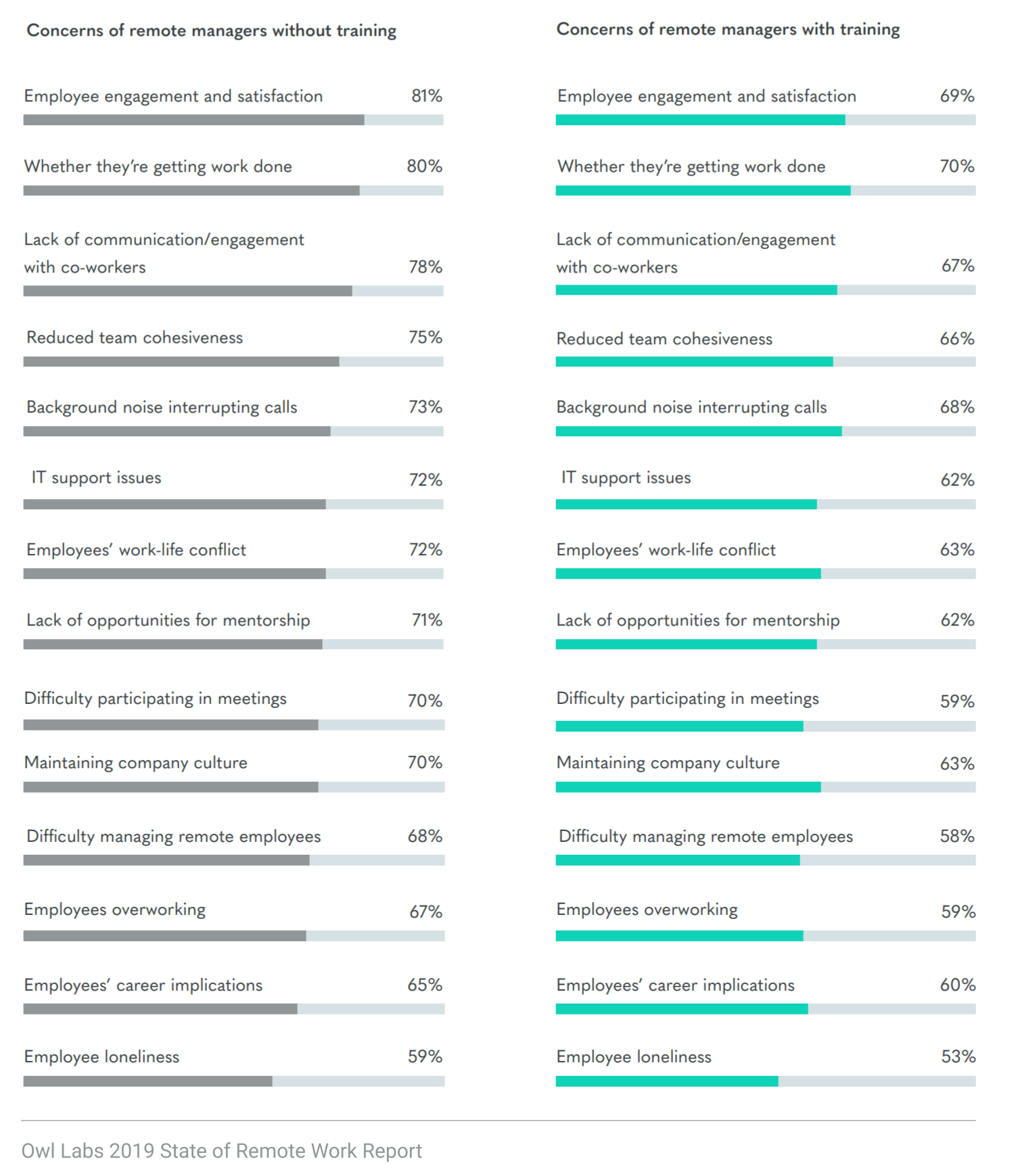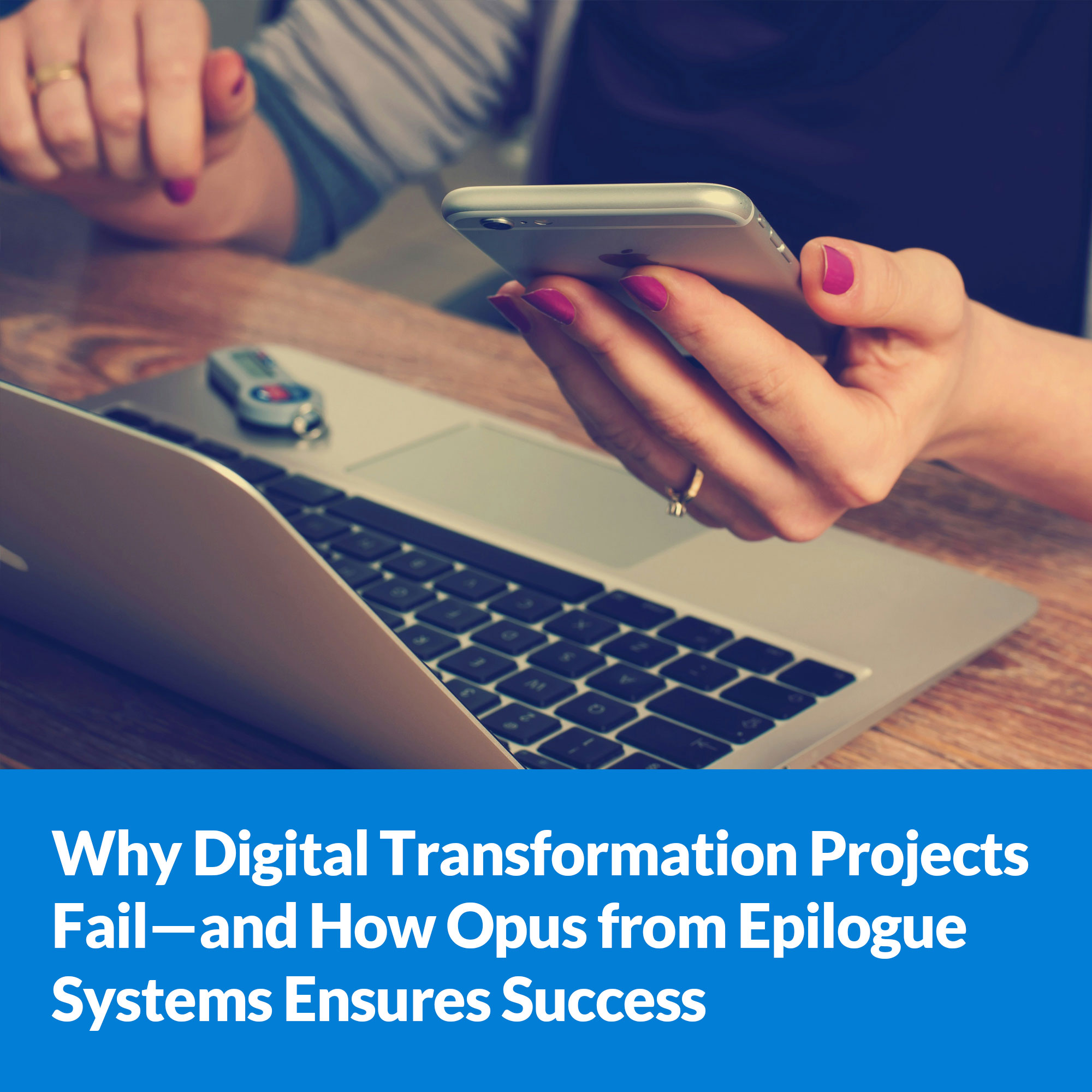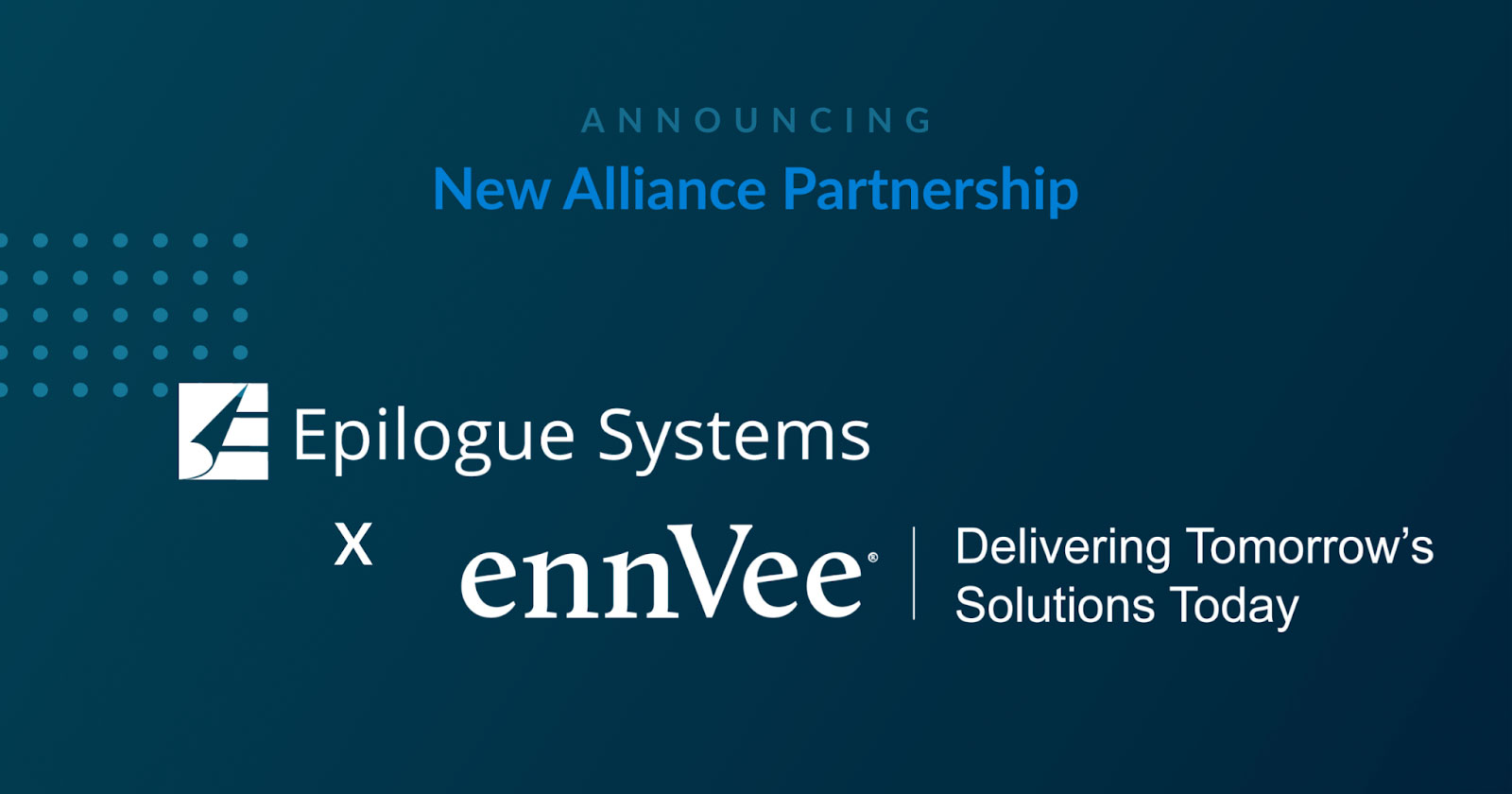
Since mid-March, we’ve been meeting exclusively online, a lot. What’s readily apparent now versus the past is that not everyone is ideally set up for this in our home-based work environments. And it’s not just virtual meetings, it’s being away from colleagues, having access issues with applications and data sources as well as other resources needed to be effective and productive.
Remote Work, the Digital Workplace and Productivity
Before COVID19, 30% of those surveyed by OWL Labs for their 2019 State of Remote Work study, worked remotely full time and productivity and outcomes impact were the top concerns of remote managers.

Over the past 3-5 years, the digital workplace has exploded with new cloud technologies to facilitate collaboration, sharing and communication: Trello, Asana, Slack, Skype, Teams, GSuite, Box, Zoom, etc. The emergence of best-of-breed solutions and their API’s with other applications, including heavy lifting enterprise applications, has extended the ubiquity of the digital workplace.
The promise of the digital workplace is significant but at the employee/user level, effective absorption and adoption is a problem. Unfortunately, the newer and lighter applications are falling into the same trap that prior software always fell – functionality wars which inevitably adds to complexity. And with agile cloud technology, the pace of change is constant and fast, making it difficult to support effective adoption let alone sustain support.
In larger entities, digital transformation initiatives seem to be on continuous loop, affecting not only the primary application (SAP, Workday, Oracle, Epic, etc.) but the many best-of-breed apps that circle the primary application like remora fish circle a shark.

Those who have been through digital transformations know that achieving the benefits of a transformation requires users of these technologies to use them as intended, which traditional training and learning struggle to impact. As a result, the digital workplace also includes Digital Adoption tools to help address effective adoption for all workers, office-based or remote.
COVID19 impact on remote work and productivity – a new paradigm
In 2019, Oxford University published a study on remote work (https://papers.ssrn.com/sol3/papers.cfm?abstract_id=3470734) and found that remote workers were 13% more productive for a number of reasons. One of the authors of that study was Nicholas Bloom, a senior fellow at the Stanford Institute for Economic Policy Research (SIEPR) who expressed concern for productivity on March 20, 2020 when he said “We are home working alongside our kids, in unsuitable spaces, with no choice and no in-office days. This will create a productivity disaster for firms.”
The current explosion in remote workers involves a majority of workers who have never worked remotely full time. They and their employers were not prepared for being thrust into a full time work-at-home situation. While it’s too early to know, many organizational design and development pundits believe a new work-at-home paradigm has emerged and the percentage of workforce that will remain at home post-COVID19 will be significantly higher than pre-COVID19. This means the digital workplace will continue to evolve in order to support this paradigm and this includes digital adoption technologies.
Digital Adoption is not a “nice to have”
Those who run digital transformations or bring in digital workplace tools usually are not measured on the effectiveness of users thereafter. As a result, adding an additional layer of technology to facilitate adoption is often viewed as a nice-to-have. Even if that additional layer is more productive than their usual tools and methods. But the high cost and disruption of digital transformations and the growing importance and complexity of the digital workplace requires adoption, initial and sustained. As a result, adoption cannot be an overlooked or undervalued priority. Ineffective adoption will undermine outcomes every time.
Not all digital adoption tools are alike, this guide may be helpful:
A buyer’s guide to finding the right Digital Adoption Solution
Let us help
We’re offering 5 free licenses of our cloud digital adoption tool, Opus, to be used through July 31, 2020. Opus is made to document cloud or web application tasks, no matter how complex, in minutes. It’s so easy to use, anyone can use it which means your subject matter experts in the application tasks can do it. If you are interested, email us and we’ll get you provisioned quickly. Email us at askus@epiloguesystems.com





